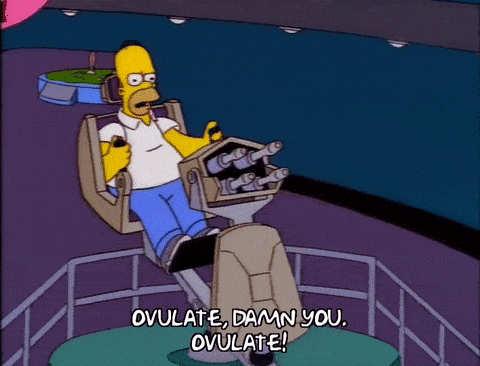French Bulldog DNA Color Explained - Codes / Test / Chart
Buying a puppy but can't understand all the bulldog colors? We explain what all the codes mean and teach you what the breeders are doing.
Every Bulldog Color Explained
From viewing 1,000's of adverts I can tell you dog breeders don't misprice a litter. Prices should reflect the colors they claim to have.
These are the most popular colors and their codes. Pricing is based on supply and demand, so don't assume an expensive puppy is a healthy one. One off breeders will generally breed the poorest quality dogs but target the most expensive colors, so if you really love one of these exotic colors please buy it from a pro breeder only, someone who has a reputation to uphold.
There is lots of nuance involved In bulldog DNA. Depending on breed type, testing service being used, and online jargon, understand that this tutorial is to help you spot dodgy sellers and not legal advice.
Are Dog DNA Services Worth It?
DNA services are crucial if you want to be taken seriously as a breeder. Advertising dogs of the wrong DNA will open you up to a whole world of legal woes. Professionals will use DNA services on the potential parents to predict the outcome of future matings and then again on the puppies. You'll find studs will be advertised with a DNA health check to ensure hereditary ailments are not passed on.

- Take A Sample
Several ways to take DNA:
Blood, declaw, buccal (swab), hair It will depend entirely on the service you use to test the DNA.
2. Decide What To Look For
You will most likely fill in a form on paper and decide what it is you want to be looked for. The lab will either test positive or negative for it.
3. Post Sample And Pay
You will post your sample and form and perhaps money order to the lab. You will need to be precise in labeling as to not have a mix-up.
How Bulldog Artificial Insemination Works
If your wondering how A.I works this little section is for you. The idea is to gently inject semen into the ovaries instead of letting dogs do it the old fashion way called "knotting up". Benefits include pregnancy 1 day sooner (small window of opportunity), maximum payload inserted (best litter size) and most importantly... not missing and waiting months to go again! A date night with a stud will still work just fine but in expensive dogs breeders don't like to leave it in the hands of nature.

1. A Pipette & Rubber Gloves
Yup, manually collect the semen and then when the progesterone level is right, use a pipette to fill her up, YouTube has lots of videos.
2. Visual Insemination Device
It's like part one, but you get a device with a camera on it. Very effective and cheap, some folks will charge for the service if you don't want to try it.
3. Surgical Incision
The vet makes a small incision and deposits the semen. Very effective but with more cost and pain our least favorite on the list.
What Is Progesterone & How Do I Test It?
Like in humans we can test to see when it's a good time to try and get pregnant. In the dog world we can go off our gut instinct by seeing red spots of blood on the floor and adding X amount of days, or you can go pure science mode like a professional and test hormone (progesterone) levels and time the insemination optimally.
The test can be done by yourself at home if you own the equipment or by your local vet. You can try urine and mucus tests but blood is regarded as the only real solution, and when done properly is painless.
Urine
Mucus
Blood
What Is A Dog Pedigree?
Do Pedigrees have better DNA?

Pedigrees are used to show that the breeder of a dog has kept a chain of records with a particular kennel club in order to demonstrate that a dog in question came from a certain bloodline and has not been crossed.
Most buyers depend on this for confirmation of a well bred dog but it couldn't be any further from the truth.
A pedigree is simply a birth certificate issued from a kennel club which the breeder paid for.
It usually shows the family tree of the dog going back 3-5 generations. Most kennel clubs do not ask for DNA or any proof of who gave birth to what dog.
They witness no part of the insemination or birth and should be only looked at as having a piece of paper that increases the market value of the dog. It does not guarantee anything and is easily falsified or promised by con artists.




